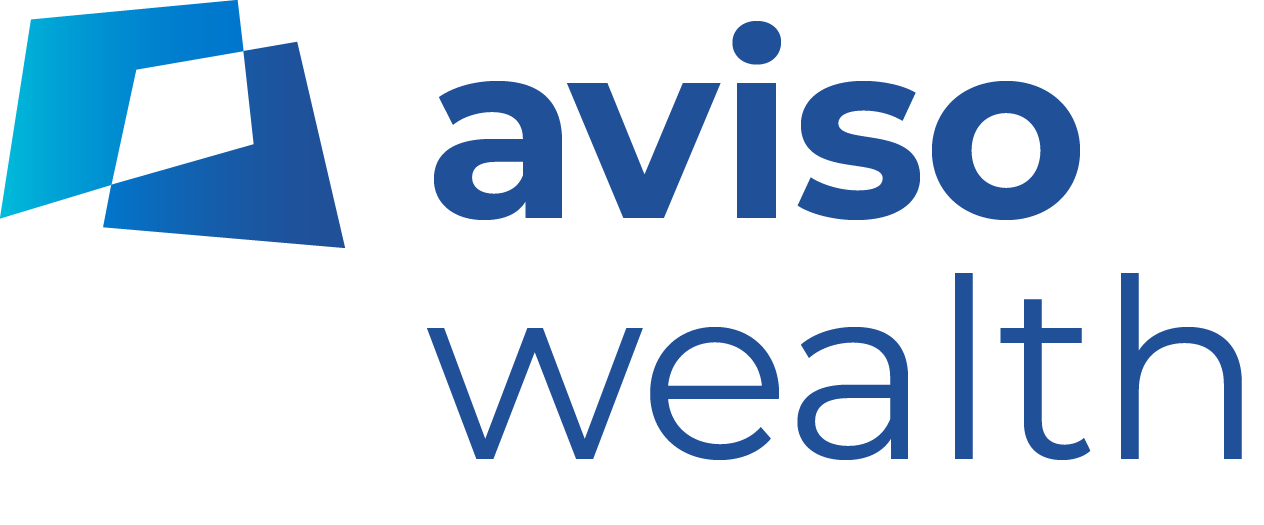Registered Education Savings Plans (RESPs) are one of the best ways to help you, your children, or your grandchildren make the dream of college or university a possibility. RESP's are:
Flexible: Anyone can open and contribute to an RESP, and there are options available should your beneficiary choose not to pursue post-secondary education. Funds can be used to cover an array of post-secondary expenses; including tuition fees, textbooks, and room and board. A minimum contribution of only $25 per month is required.
Tax-sheltered: You do not need to pay tax on any investment income associated with RESPs. Withdrawals are taxed to the student beneficiary at his or her marginal tax rate which is typically in the lowest tax bracket.
Canada Education Savings Grant (CESG)
Canada Learning Bond (CLB)
Meet with an Expert
You can count on us to deliver the advice and solutions you need to manage your finances at every stage of life. Let's start today.
Frequently Asked Questions
Anyone can contribute to an RESP. You will just need a valid SIN (Social Insurance Number) to apply.
Individual plan: you can contribute to the RESP for 31 years following the year the plan was opened.
Family plan: contributions under a family plan must cease upon the beneficiary turning 31.
*To qualify for government grants under both individual and family plans, you must make contributions by the end of the year the beneficiary turns 17.The subscriber is the person who opens the RESP and is the registered owner of the plan. Anyone can open an RESP – a parent, grandparent, family friend, or joint subscribers such as spouses.
How much you can earn from federal and provincial government grants will depend on a number of factors.
- How much you contribute
- When you contribute – early, regular contributions benefit from compounding growth on government grants
- Where you live – not all provincial governments provide grants
- Your family income
The subscriber can request educational assistance payments to cover expenses associated with attending a qualifying post-secondary educational program. These payments are taxable to the beneficiary at his or her marginal tax rate.
If a beneficiary does not pursue post-secondary education, there are several options for the RESP plan:
- Change the plan’s beneficiary
- Transfer the funds to another RESP
- Collapse the plan
*If you choose #3, you will have to return the unused government grants (CESG, CLB). The RESP contributions can be withdrawn without penalty.
*Some restrictions and/or penalties may apply to all options.

Mutual funds and other securities are offered through Aviso Wealth, a division of Aviso Financial Inc. Commissions, trailing commissions, management fees and expenses all may be associated with mutual fund investments. Please read the prospectus before investing. Unless otherwise stated, mutual funds, other securities and cash balances are not covered by the Canada Deposit Insurance Corporation or by any other government deposit insurer that insures deposits in credit unions. Online brokerage services are offered through Qtrade Direct Investing, a division of Aviso Financial Inc. Qtrade and Qtrade Direct Investing are trade names and/or trademarks of Aviso Wealth Inc. and its subsidiaries.
The information on this page is provided as a general source of information and shouldn’t be considered personal investment advice or a solicitation to buy or sell any mutual funds or other securities. When in doubt, it’s always a good idea to consult with a financial advisor for personalized information and guidance.
Ways to Bank
You’re busy managing your life - let us offer you convenient ways to manage your banking.

Digital Banking

Digital Banking

Mobile App
Mobile App

Contact Centre

Contact Centre

Branches & ATM
Branches & ATM

 Search
Search













